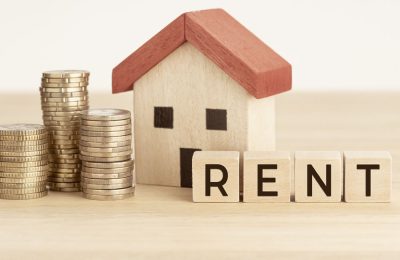The question of rent increases is always a potential thorny issue for landlords who have seen costs increase but at the same time understand the pressures tenants are also under.
Landlords rethink strategies amid affordability concerns
The UK’s private rental market has entered a period of adjustment after years of headlines being dominated by surging rents and affordability concerns. Tenant demand and rent trends have shifted from the breakneck growth seen during the post-pandemic housing surge. The 5.7% (ONS Figs) annual increase to August 2025 reflects a deceleration from previous years when double-digit hikes were commonplace.
This moderation is partly due to stretched affordability among renters, who are facing higher living costs, rising utility bills, and stagnant wage growth though demand for rental stock remains robust, driven by demographic pressures, a limited supply of rental homes, and ongoing barriers to homeownership.
Recent data suggests that fewer landlords are planning to raise rents in the coming year, as growing unease about tenant affordability begins to reshape decision-making. According to Pegasus Insight’s Q2 2025 Landlord Trends report that 61% of landlords now anticipate upping rents over the next 12 months, a notable drop from 78% this time last year.
Costs are still rising, but perhaps rent hikes aren’t the only solution
While the majority still anticipate rent rises, the decline suggests a shift in sentiment, possibly signalling that the market is reaching a ceiling on rental affordability.
For those landlords still increasing rents, the motivation remains familiar:
- Higher mortgage payments following years of interest rate volatility
- Ongoing maintenance and compliance costs
- New regulatory demands
- Changes to legislation
Landlords also understand there is a value in retaining good tenants and many will try and work with them to seek affordable increases.
That said many landlords have already adjusted rents over the past two years to reflect these pressures and now feel their portfolios are better balanced, at least temporarily.
In addition, when rent levels rise too far, demand can falter and ultimately the market becomes unsustainable. Instead of continual hikes, many landlords are focusing on cost management, refinancing strategies, or restructuring their portfolios and are becoming increasingly mindful of tenant affordability constraints. This is price elasticity in action, with many landlords now recognising that pushing rents further, risks losing tenants or facing longer voids hence they are refocussing on stability over short term gains.
For renters, the reduction in landlords planning rent increases is a welcome development, suggesting that some of the affordability strain may ease in the near term. However, with average rent rises still exceeding 5% the reality is costs will continue to rise although at a more sustainable level.
For the wider rental market, the shift points to a transitional period and despite the affordability concerns, a large proportion of landlords remain confident in the private rental sector’s long-term viability.
That said, some caution is warranted. If operating costs remain high or regulation tightens further, landlords may be forced to reintroduce sharper rent increases to protect their margins. The next 12 months will be pivotal. Should inflation ease and interest rates stabilise, we could see further moderation in rent growth. But if costs escalate or supply shrinks as landlords exit the market, today’s pause in rent hikes may prove short-lived.











